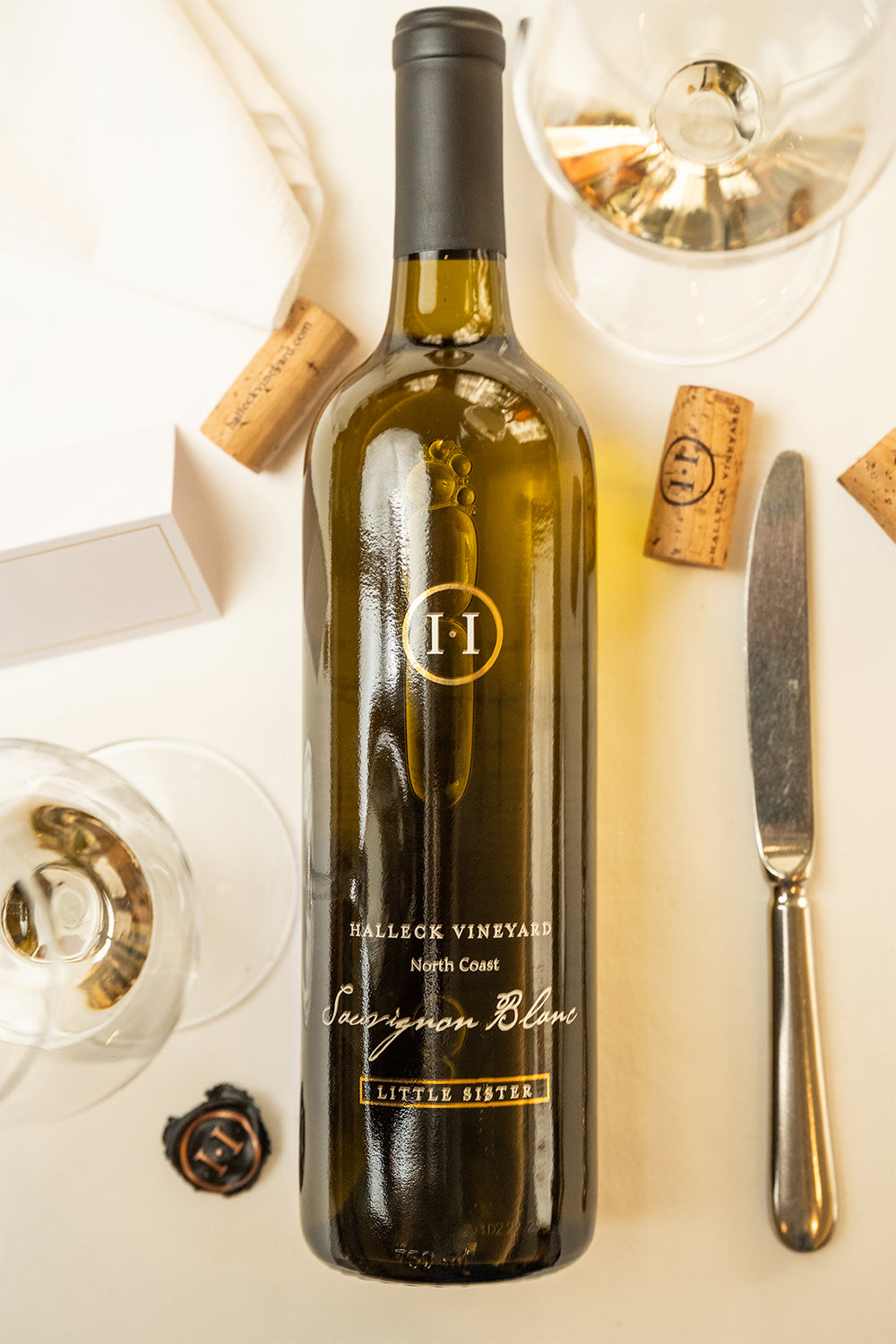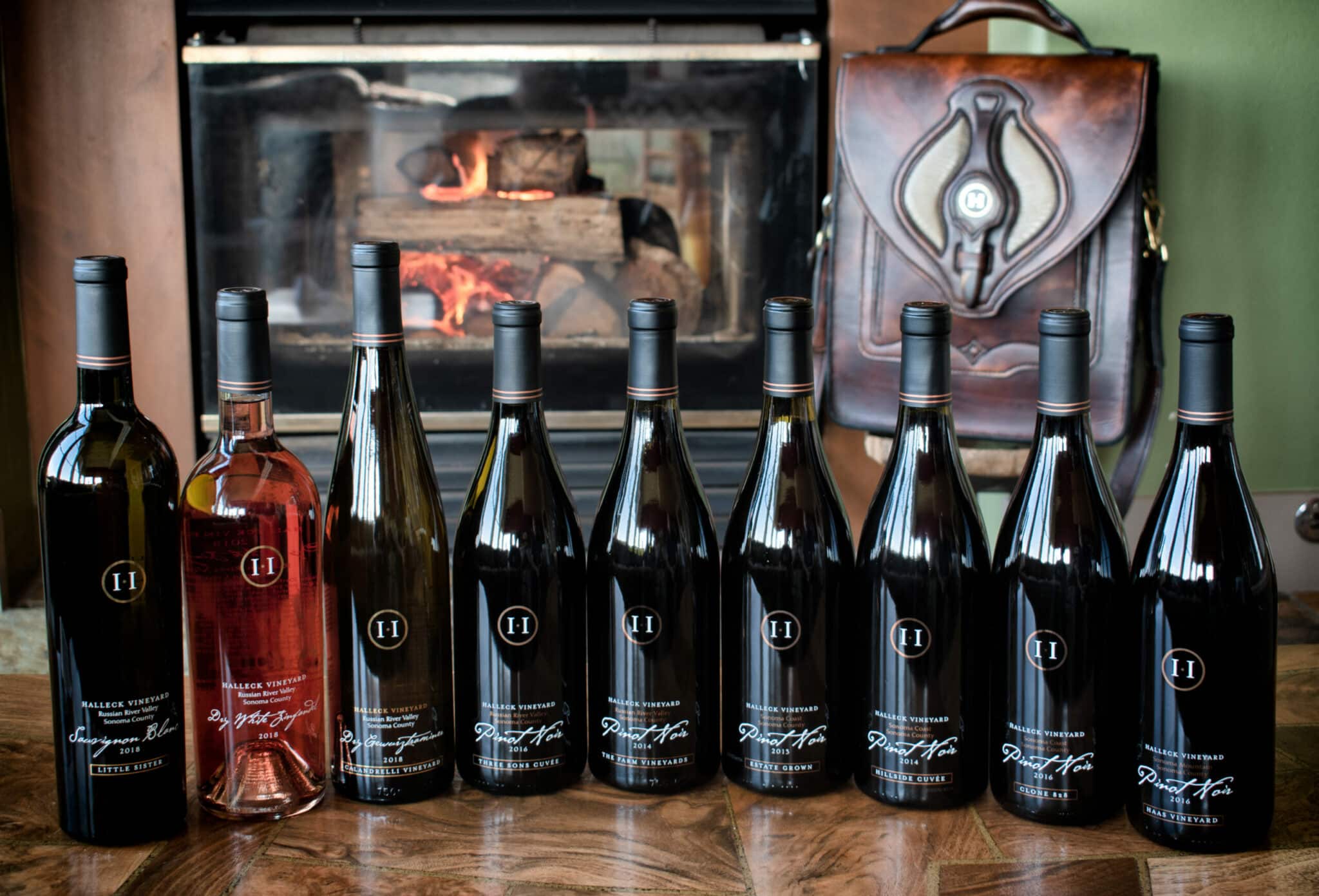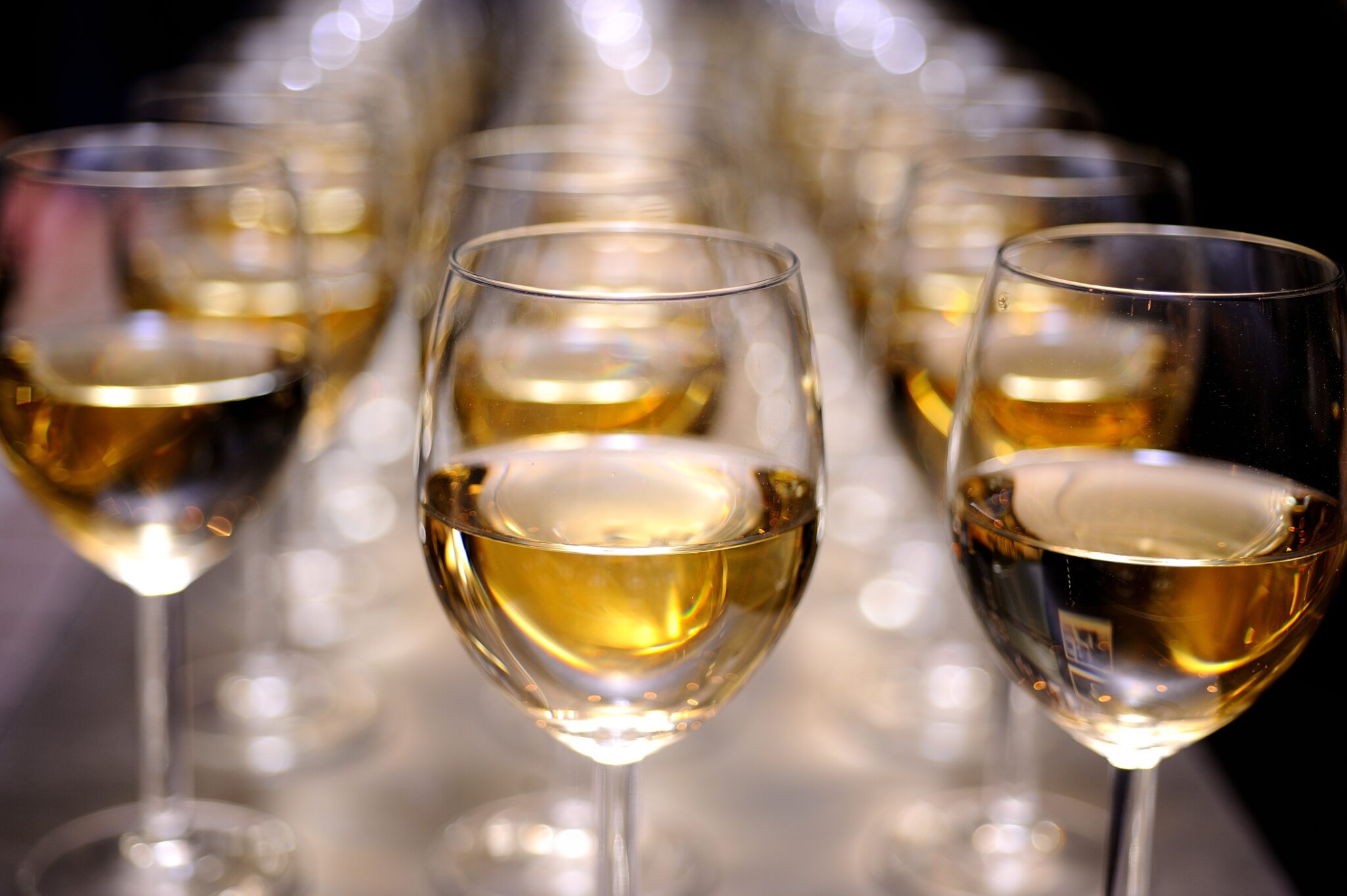Wineries Near Sonoma Square - Wine Tasting In Sonoma County
Wineries Near Sonoma Square - Wine Tasting In Sonoma County
Blog Article
Wineries That Host Harvest Festivals - Sonoma Vineyards Worth Visiting
Wine tasting is an art that requires practice and an understanding of various features involved in the course of. One essential component of wine tasting is the event and interpretation of tasting notes, which serve as a guide for both novices and seasoned connoisseurs. A Guide To Understanding Winery Wine Tasting Notes can enhance your wine-tasting experience, making it more meaningful and enjoyable.

Tasting notes are concise descriptions that capture the essence of a wine’s flavors, aromas, and total character. Usually composed by professional tasters, winery tasting notes supply insights into the nuances of assorted wines. They may help wine enthusiasts understand what to anticipate from a selected bottle. However, tasting notes can range widely in style and detail based on the writer's experience and palate.
Family-Friendly Wineries Near Sebastopol - Exploring The Vineyards In Sonoma County
When you first method a glass of wine, your senses will begin to engage instantly. The sight, scent, and style of the wine will converge to give you a complete experience. Tasting notes typically start with the visual evaluation, where the color of the wine is taken into account. Color performs a major role in indicating the wine’s age, grape selection, and even its flavor profile.
After assessing the visible aspect, the next step involves swirling the wine in the glass. This action aerates the wine, permitting its aromas to awaken. Smelling the wine provides critical insight into its complexity. The initial sniff can deliver a flood of scents that may include fruity, floral, natural, or earthy notes. This is often the most subjective a part of tasting, as individual experiences can dramatically differ.
In winery tasting notes, descriptors are often categorized into main, secondary, and tertiary aromas. Primary aromas normally stem from the grape selection, secondary aromas derive from fermentation processes, and tertiary aromas arise from aging. Understanding these classes can help you appreciate the depth of a wine, and they also give you the vocabulary to express your experience higher.
Wineries That Offer Dog Friendly Areas - Tasting Rooms In Sebastopol
Following the olfactory encounter, your focus will shift to the style of the wine. This is where the primary characteristics—sweetness, acidity, tannins, alcohol—come into play. Tasting notes typically element these flavors in multiple dimensions, including the preliminary attack in your palate to the lingering finish on your tongue. A high-quality wine will present a harmonious steadiness between these factors.
Whereas tasting, it's essential to contemplate the physique of the wine, which can be described as light, medium, or full. The body contributes considerably to your general impression, helping you think about how the wine pairs with food or whether it stands alone as a sipping wine. Balancing the body with the other characteristics will give you a fuller understanding of what the wine has to supply.
The end of the wine, also referred to as the aftertaste, is another critical aspect typically included in tasting notes. A long, nice finish normally signifies a better quality wine, while a brief or cloying aftertaste may recommend otherwise. Evaluating the finish can supply further insight into the wine's complexity and distinction.
Understanding the context of winery tasting notes can be valuable. Tasting notes can provide contextual details about the winery's location, local weather, and grape-growing practices. This context provides one other layer of appreciation for the wine, allowing enthusiasts to attach the sensory experience with its origins, thus enhancing the enjoyment further.
Beautiful Picnic Areas At Sonoma Wineries - A Guide To Sonoma Wineries
Many wineries present tasting notes on their web sites or labels, often written in an approachable but informative style. Nonetheless, not all winery tasting notes are created equal. Some could also be overly technical, while others may prioritize marketing flair over insightful evaluation. Learning to navigate these notes can arm you with the information to make knowledgeable choices when choosing wines.
Participating in tastings at wineries also can deepen your understanding of wine tasting notes. Interacting with knowledgeable workers can provide you a extra hands-on approach to exploring different wines and the language used to describe them. Wineries Known For Handcrafted Wines. You Will have the opportunity to ask questions, have interaction in discussions, and doubtlessly refine your palate in real time.
Experimentation is crucial for mastering wine tasting notes. As you pattern completely different wines, try making your personal notes. Focus on describing the wine’s colour, aroma, taste, and finish. Over time, you’ll develop a private vocabulary that resonates together with your sensory experiences. Each note you create will assist refine your palate, allowing you to understand wines at a deeper level.
Wineries Perfect For A Relaxing Afternoon - Sonoma Area Winery For Tasting
In conclusion, a Guide To Understanding Winery Wine Tasting Notes offers a comprehensive framework for diving into the world of wines. It equips you with the strategies and language necessary to articulate your experiences. Whether you're a informal drinker or a dedicated aficionado, understanding and utilizing tasting notes can profoundly impression your wine journey. This data not solely enhances the beauty of Sebastopol wineries your enjoyment but in addition connects you deeply with the wealthy narratives each bottle tells. By embracing this journey, you become part of the beautiful mosaic of wine tradition, where each sip unveils a new story ready to be found.
- Wine tasting notes typically embody a selection of sensory descriptions, together with aroma, flavor, acidity, physique, and finish, permitting tasters to totally recognize the wine's traits.
- To enhance your understanding, familiarize yourself with widespread wine terminology such as "tannins," "oakiness," or "terroir," which may help decipher the notes extra successfully.
- A systematic approach to tasting entails first visually assessing the wine's color and clarity, followed by swirling to release aromas, then inhaling and describing what you experience.
- Taking notes throughout tasting can help establish patterns over time, improving your palate and making it simpler to recall preferences for future selections.
- Do Not overlook the affect of food pairings; tasting notes can differ greatly when a wine is loved with complementary flavors, altering notion and delight.
- Pay consideration to the wine’s vintage, as weather conditions in a given year can considerably affect the final product, adding another layer to the tasting notes.
- Think About the winemaker's style and philosophy, which might form the wine's profile and impact how its notes evolve with every sip.
- Working Towards with completely different grape varieties can broaden your vocabulary; each type brings unique traits that can improve your ability to articulate tasting notes effectively.
- Participating with wine professionals or attending tasting events can provide useful insights, providing a richer context for understanding personal tasting notes.
- Remember that tasting is subjective; individual preferences and experiences will shape one’s interpretation of the identical wine, enriching the overall enjoyment of wine exploration.
What are wine tasting notes?
Wine tasting notes are descriptive feedback made by tasters in regards to the look, aroma, style, and end of a wine. They provide an overview of the wine's characteristics and can help consumers perceive the style and high quality of the wine.
Innovative Wine-Making Techniques In Sonoma Valley - Vineyard Tours In Sebastopol
Why are tasting notes important when deciding on wine?
Tasting notes can guide you in choosing a wine that fits your palate. They provide insights into flavors and aromas, helping you to match wines with food or occasions. Understanding these notes enhances your total wine experience.
How should I learn wine tasting notes?
(Wineries In Dry Creek Valley)
Wineries Known For Their Hospitality - Wine Tasting In Sonoma County

When studying wine tasting notes, take note of the structure: look for descriptions of color, aroma, flavor, and finish. This will assist you to grasp blog here the wine's profile and decide if it aligns along with your preferences.
What phrases generally seem in wine tasting notes?
Common terms embrace "tannin" (the structure), "acidity" (the crispness), "physique" (the weight), and numerous flavor descriptors like "fruity," "earthy," or "spicy." Familiarizing yourself with these terms can deepen your understanding of wine.
Wineries Near Highway 12 - Tasting Rooms In Sebastopol

Can I create my own tasting notes?
Yes! Writing your individual tasting notes can improve your wine tasting experience. Focus in your observations of taste, aroma, and other sensory characteristics. This personal practice might help you refine your palate over time.
How do I determine the aromas in wine tasting notes?
Wineries Near Sonoma Square - Best Vineyard In Sonoma
To establish aromas, practice smelling quite lots of scents and associating them with wines. Swirl the wine in your glass to launch its aromas, then take a second to breathe in deeply earlier than identifying any distinguished scents.

What is the difference between professional and private wine tasting notes?
Professional tasting notes could use extra technical language and specific terminology, whereas personal tasting notes are subjective and mirror individual experiences. Each are priceless for understanding and enjoying wine, however personal notes may resonate extra together with your distinctive tastes.
How can tasting notes enhance my wine appreciation?
Intimate Wine Tasting Experiences In Sonoma - Wine Tasting Experiences In Sebastopol
Tasting notes can enhance your appreciation by serving to you to understand and articulate the complexities of wine. They encourage aware tasting and supply a framework for comparing different wines, leading to a richer enjoyment of the beverage.
Are there any apps or tools to assist with wine tasting notes?
Sure, there are several apps designed to help users document and arrange their tasting notes. These instruments usually provide features like flavor wheel guides and wine database searches, making it easier to track your journey through totally different wines. Report this page